
 Post Category - What's OnWhat's On - Post Category - Neighbourhood GuidesNeighbourhood Guides
Post Category - What's OnWhat's On - Post Category - Neighbourhood GuidesNeighbourhood GuidesDid you know Ngee Ann City was once a cemetery? Or that Orchard was home to Singapore’s first skyscraper? The new Orchard Heritage Trail walking tour is full of fascinating tidbits!
Who knew a simple fruit plantation could transform itself into the heart of a country’s tourism and retail scene? Discover the lesser-known sides of Orchard Road with the launch of the brand new Orchard Heritage Trail, the eighteenth trail launched by the National Heritage Board of Singapore. And with three self-guided walking tours now available, it’s ripe for exploration, mama!
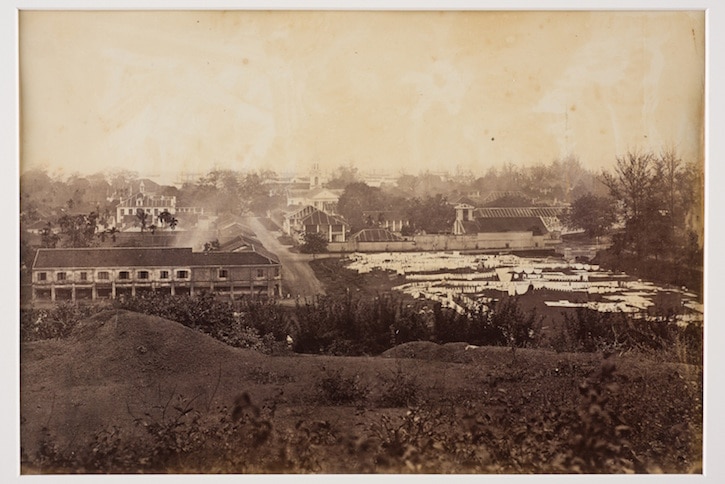
Once upon a time, Orchard was a valley flanked by several hills (Emerald Hill, Cairnhill, etc.), providing fertile land for lucrative nutmeg orchards and gambier plantations. Sir Stamford Raffles himself was a keen botanist who planted nutmeg and cloves, while gambier was an important ingredient for the production of leather goods, and was also traditionally used in Southeast Asia for medicinal purposes and in betel chewing.
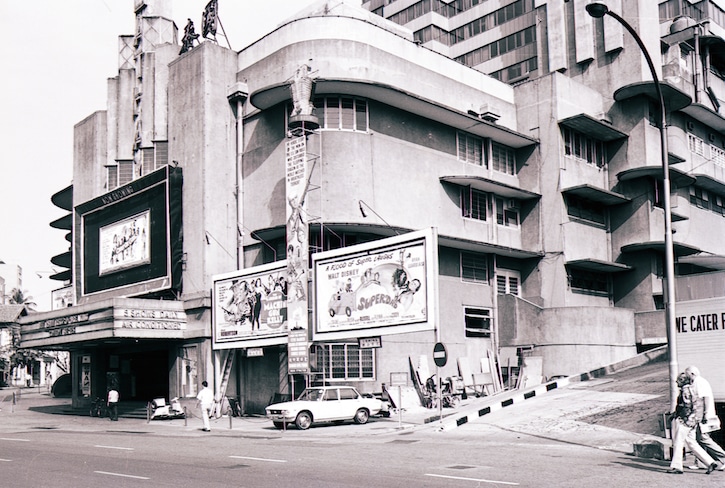
Singapore may be chock-a-block with skyscrapers today, but did you know that The Cathay Building is Singapore’s first skyscraper, as well as the island’s first air-conditioned cinema? Built near the start of Orchard Road in 1941, the 16-storey building played an important role during the British surrender to invading Japanese forces in Singapore. As one of the conditions of their surrender, the British had to fly a Japanese flag and a white flag at the top of Cathay Building for ten minutes, thus sealing its status as a crucial site of social importance.
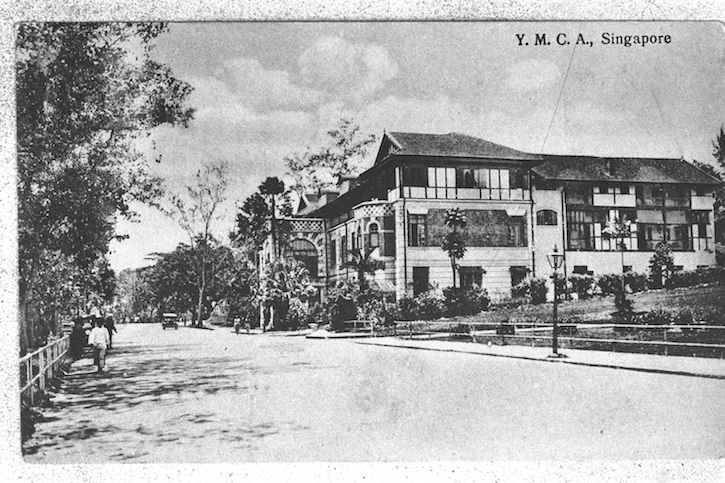
What building stands at the coveted address of 1 Orchard Road? The YMCA. Set up as Singapore’s first public swimming pool in 1919 using a refitted water tank, the YMCA is now Orchard Road’s oldest surviving community organisation, affectionately also known as sar kar por, a Hokkien nickname for ‘three-cornered place’, named after a popular triangular playground that was located opposite the building.
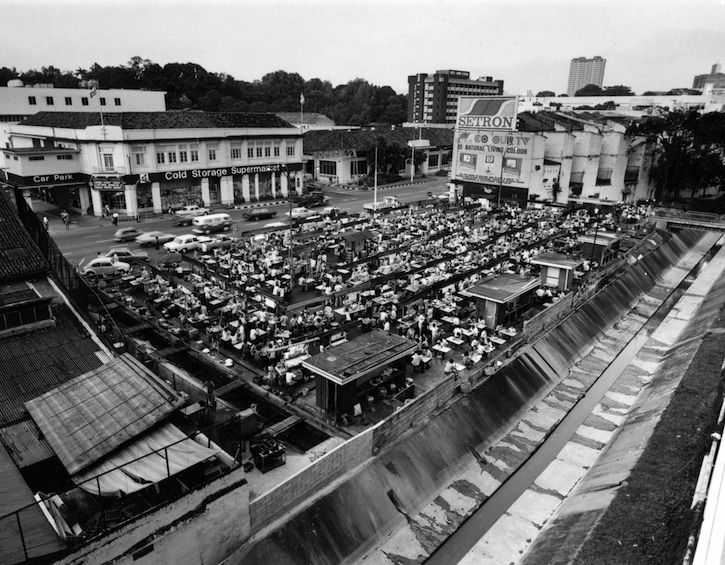
Where did the first Cold Storage open in Singapore? Cold Storage began operations way back in 1905 at the site of present-day The Centrepoint. Starting as a small deli, it grew into Singapore’s first supermarket that sold frozen produce imported from Australia to (the richer) European foreigners in Orchard Road who could afford the higher prices of food. The old wet market between Koek Road and Cuppage Road was where everyone else went for groceries.
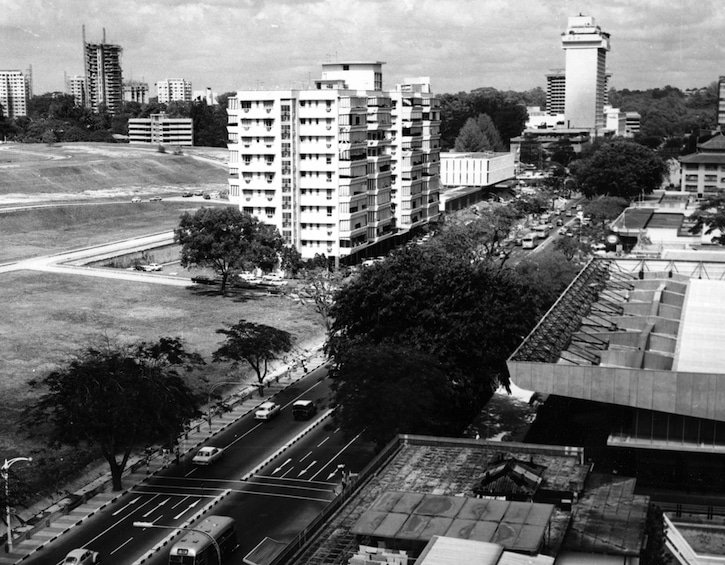
Where did one of most famous cemeteries stand decades ago? Ngee Ann City was built on the site of the former Teochew Tai Shan Ting Cemetery, before it was exhumed around the 1950s.
You get the idea. I could go on and on about fascinating trivia and little historic gems that Orchard Road is dotted with. And that’s what the Orchard Heritage Trail is about – charting Orchard’s metamorphosis through 200 years and 71 heritage sites into the bustling road that we know it as today, including six national monuments and a UNESCO World Heritage Site.
The trail features 10 trail markers (six of which have been installed, with four more to be installed over time), to allow everyone to explore different aspects of Orchard’s multifaceted history, according to their interests and in their own time, while peppering the expedition with fascinating insights into Orchard Road’s history, and lesser -known facts about the precinct.
Choose from any of these three specially curated, thematic self-guided routes:
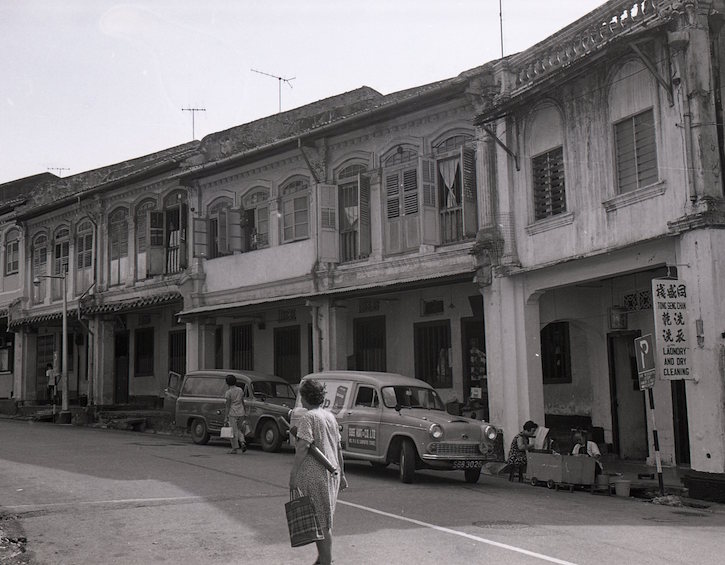
- Orchard Road’s Historical Gems (2.2kms, 40 mins on foot) – Insights into the everyday lives of the Peranakan community on Emerald Hill from the early 1900s, plus earn about historical landmarks such as the former Singapore Chinese Girls’ School and Goodwood Park Hotel, a National Monument built in 1900 as a German social club called the Teutonia Club.
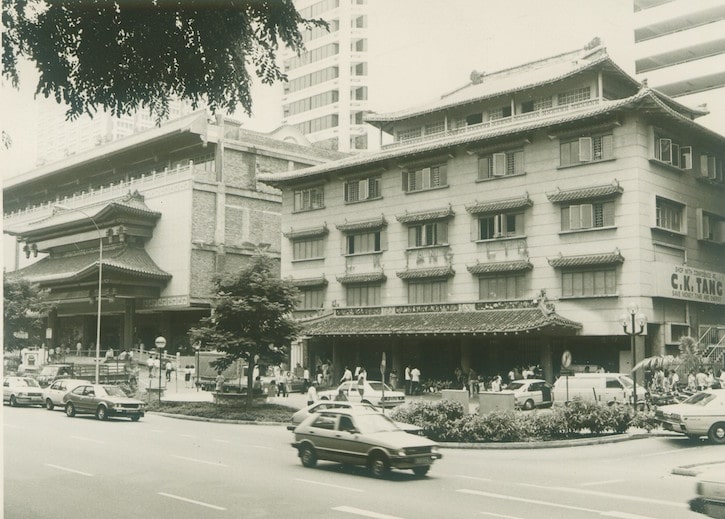
- Communities and Cemeteries (3.6kms, 65 mins on foot) – Start your journey on the banks of Stamford Canal, where Indian laundrymen washed clothes (present-day Dhoby Ghaut), then head to the row of conserved pre-war shophouses at Cuppage Terrace before walking to Masjid Al-Falah, the only mosque on Orchard Road. The trail ends at Tang Plaza, Orchard Road’s first department store that opened in 1958, marking the beginning of the street’s transformation from a residential area into a shopping haven.
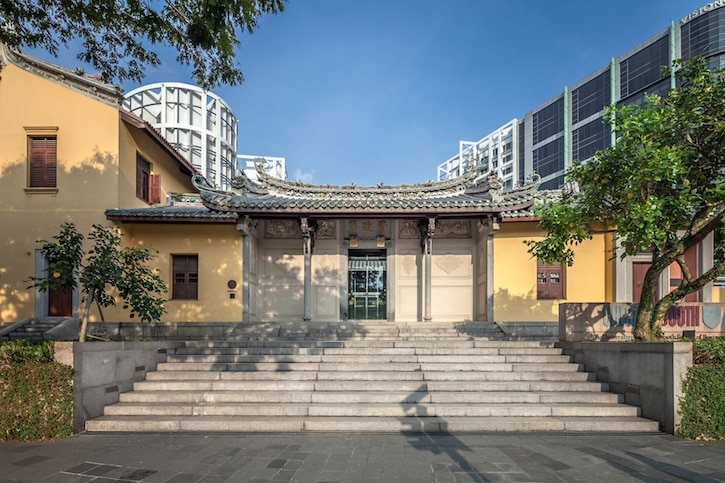
- From Orchard to Garden (4.7kms, 2 hours on foot) – Why did the gambier plantations disappear from Orchard Road, and what took their place? Walk through an open-air amphitheater and Visual Arts Centre, the Butterfly Trail @ Orchard, and step into the House of Tan Yeok Nee (a prominent gambier merchant whose house was gazetted a National Monument in 1974), before finishing at the Singapore Botanic Gardens, Singapore’s first UNESCO World Heritage Site.
The Orchard Heritage Trail companion guide and map (the latter is available in four languages – English, Mandarin, Malay and Tamil) can be downloaded from Roots.sg, while printed copies are available at NHB museums, heritage institutions and the Singapore Visitor Centre at Orchard Gateway.
So the next time you’re itching for a wander mama, head to Orchard Road. Not only will you come away with nuggets of hidden treasures, but you might also find some time for a bit of quality shopping at the same time. Happy exploring!






 View All
View All




 View All
View All










 View All
View All






